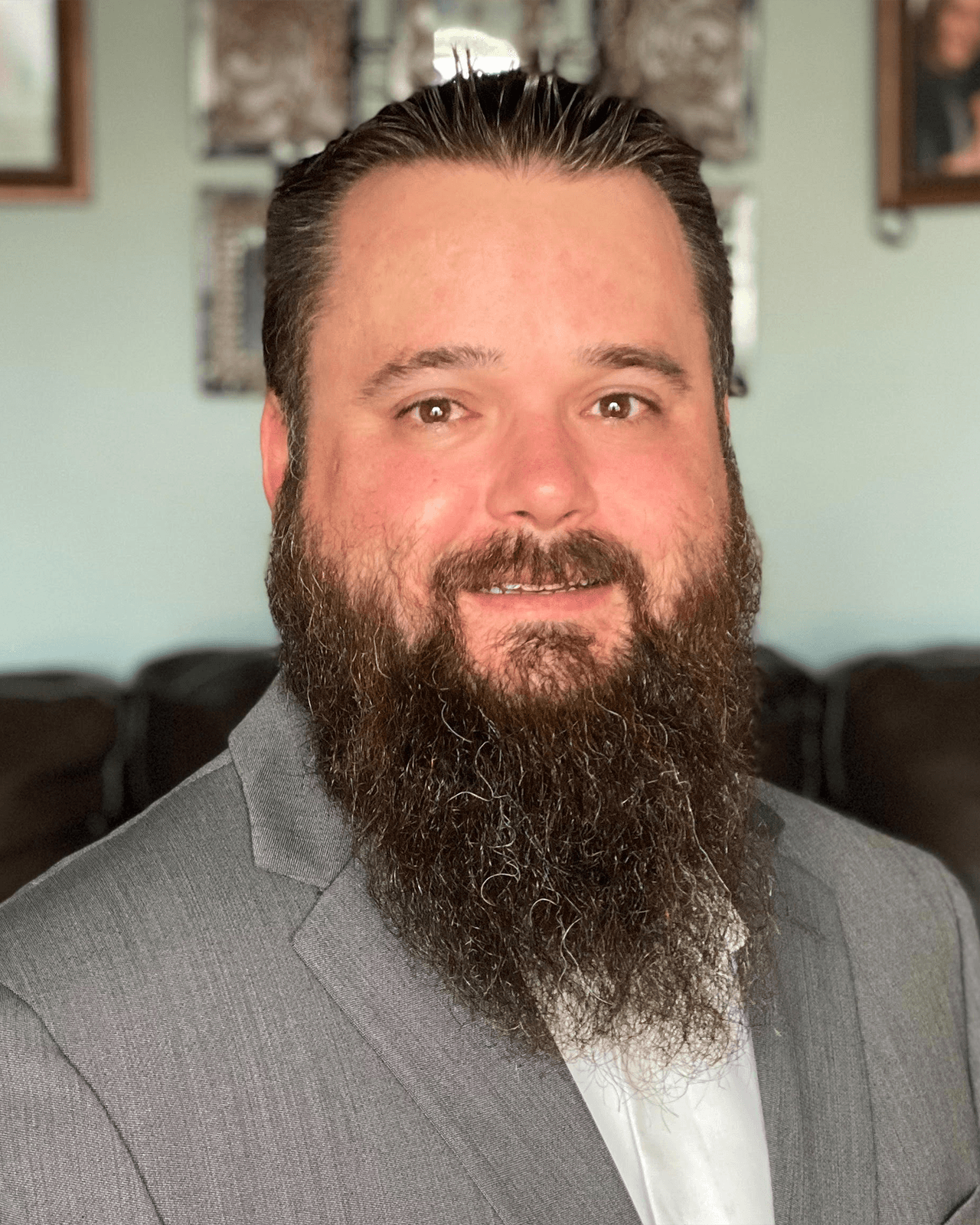Having spent many years as a military intelligence analyst and as an open-source intelligence (OSINT) analyst, mental health was one element of my job that was too often overlooked.
I served for many years as a military intelligence analyst which includes looking over certain content that was violent or otherwise traumatic. I then transitioned out of the military, became an OSINT analyst and started looking at different types of content that would be considered disturbing. Most OSINT analysts will only find such content in a very limited capacity, but there are some analysts whose sole job is to look for the really bad.
An argument can be made of who is better equipped to handle the mental toll this work takes. In either case, though, organizations behind OSINT missions often pay too little attention to researcher mental health — and may even stigmatize those that seek support. With the increasing popularity and reliance on OSINT, this needs to change.
Mental health and the effects of OSINT
There are many security and attribution risks when it comes to collecting OSINT, but the risk of declining mental health among analysts is often unconsidered or unaddressed. Part of the issue may be that many signs of mental health issues may be initially hidden from colleagues even as they manifest in an analysts’ personal life. This is due to compartmentalization, a skill at which many analysts are adept (at least for a time).
But then, they reach a breaking point. An analyst overworked, stressed out and overstimulated will see their home life start to suffer, their work suffer and may even act out. At this point, coworkers take notice, and the mental health issue could result in disciplinary action against the analyst or even termination.
The mental health risks of OSINT research
OSINT is still a relatively unknown field: if you asked the average person walking down the street what it is, they’d stare at you blankly. And while the ills of the internet and social media are the topic of much news coverage and conversation, there’s little understanding that it’s the job of OSINT analysts to delve into this muck everyday. So while there might be public sympathy for soldiers or law enforcement officers suffering post-traumatic stress, there’s little awareness for the group of professionals that have to — or accidentally — consume traumatic content in their work.
There is no limit to horrible things on the internet. One of the most damaging to mental health, though, can be inappropriate videos that OSINT researchers inadvertently come across. This just happened to me the other week, I went to a well known Telegram site that I use related to work, clicked on a video (with no title), ran through my normal download procedure. When I played the video back, it was a horrifically violent incident from a conflict zone..
As OSINT researchers, we have to look at videos that could contain content like that all the time. And it’s not just graphic violence to worry about. Perhaps the worst arena of OSINT research is into child sexual abuse material (CSAM) that is rampant on the dark web but central to law enforcement investigations to prosecute those involved.
And while video content is disturbing to see things play out “in reality,” images and text can exact a mental toll just the same.
How to help OSINT researchers minimize mental health risks
When it comes to what can be done to help OSINT researchers, the first thing is to implement a browser that has a blurring capability. Silo has this build into Silo for Research so that any images or videos that pop up on a website are blurred to protect the user (and any accidental shoulder surfers). Additionally, screenshots taken will also be blurred to minimize distributing content that could be disturbing (e.g., in intelligence reports or collaborating with other analysts). The blur feature is also helpful to analysts whose missions don’t typically include disturbing content but could happen upon it inadvertently.
Keeping your computer on mute during OSINT research is also a good way to minimize the mental health effects of videos. For more tips while researching, check out these resources:
- Vicarious trauma and OSINT: a Practical guide (OSINT Curious)
- How to Maintain Mental Hygiene as an Open Source Researcher (Bellingcat)
- Get invovled: The Mental Health Strategies for OSINT Professionals (MHS4OSINT) Project
Another way that organizations can help is by creating a policy around checking on the mental health of OSINT researchers. In addition, they can ensure that OSINT researchers aren’t always working on investigations that may have a need to view inappropriate videos and images. This could mean making sure they are not working on anything that may have to do with the dark web, as content that can be found there can be extremely inappropriate.
Overall, it comes down to the leaders and colleagues of OSINT researchers/analysts to start checking on their people’s mental health. Opening lines of communication and destigmatizing conversations about mental health is an opportunity to lead by example.
If you’re looking for guidance, this piece has good information on how to recognize symptoms and “prepare for exposure to disturbing material”: A guide for journalists and newsrooms to recognise vicarious trauma and mitigate against it
Employers providing compensation for mental health toll
There have been some developments in recent years to help OSINT researchers combat the stressors of being OSINT researchers. Back in 2020, Facebook agreed to pay $52 million to current and former OSINT researchers as compensation for mental health issues developed on the job. Facebook also indicated that they will also be rolling out changes to its content moderation tools in order to reduce the impact of viewing harmful images and videos, along with giving one-on-one coaching sessions to licensed mental health professionals.
Do I believe that just throwing money at the problem is the answer? No. Money is not the best way to fix the issue, but giving OSINT researchers access to mental health services at a reduced cost or even free would be a start. Giving them money just ensures that those medical visits are covered completely so that the researchers are not left footing the bill for doing their job.
From a personal perspective, as a former Marine all-source intelligence analyst who did five combat tours (three in Iraq and two in Afghanistan), I think making it known that it is okay to talk about mental health and that needing to talk to a mental health professional is normal. One thing that has made it hard for many veterans suffering from post-traumatic stress disorder (PTSD) is that there was a stigma for wanting to seek help with their PTSD symptoms.
If organizations lessen the stigma of seeking help and protect their employees if something happens, then I think things will get better.
OSINT organizations need to lead the change
One advantage the OSINT community has in dealing with its mental health crisis is its “plugged-in” nature. OSINT researchers are usually part of some online community, professional group or active on social media as part of the information sharing aspect of their job. As such, the community has become a sounding board for mental health challenges, a place to find coping strategies and, at the very least, a sympathetic ear.
It is my hope that prominent groups and influencers in the OSINT community will take up the banner and lead the charge of mental health reform in OSINT professions, pushing for tangible change like mental health policies and covered mental health care.
Organizations that employ OSINT researchers should provide free mental health assessments and pay for any treatment that may be necessary with regard to mental health issues that may have arisen due to being an OSINT researcher.
These changes take time and the effects won’t take place overnight. But as the OSINT field grows and more researchers enter the fold, we need to have a plan for ensuring this valuable work doesn’t destroy the people who do it.


